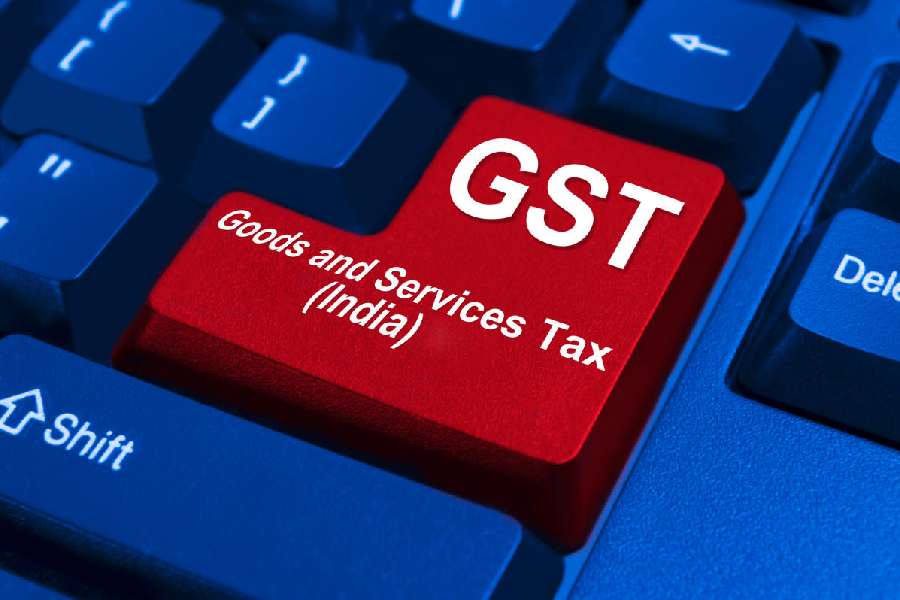The Goods and Services Tax (GST) collections rose 9 per cent on an annual basis to a six-month high of ₹1.87 trillion, according to finance ministry data released on Friday.
The uptick, driven by domestic demand, pushed GST revenues above ₹1.7 trillion for the eighth consecutive month, reflecting sustained recovery in economic activity and higher compliance. October’s collections were a marked increase from the ₹1.72 trillion recorded in October 2023.
Collection details indicate broad-based growth across all components: central GST (CGST) stood at ₹33,821 crore, while state GST (SGST) reached ₹41,864 crore.Integrated GST (IGST), which includes cross-border and inter-state transactions, amounted to ₹99,111 crore and cess collections, ₹12,550 crore.
Net GST revenues, post-refunds, reached ₹1.68 trillion — a rise of 8 per cent from a year ago.
The growth in collections from domestic transactions was notable, a 10.6 per cent increase to ₹1.42 trillion, but revenues from imports rose 4 per cent to ₹45,096 crore.
Deloitte India’s partner in indirect tax, Mahesh Jaising, said the collections were a “vibrant indicator of economic strength”, highlighting the combined impact of growth and higher compliance rates.
“The growth in GST refunds, which increased 18.2 per cent year-on-year, demonstrates the government’s commitment to easing business operations by addressing refund timelines,” Jaising noted.
Deloitte India partner M.S. Mani attributed the revenue buoyancy to the festive season’s impact on sales and sustained improvements in compliance.
“The collections from domestic transactions remain a strong point, though revenues from imports grew at a more subdued pace of 3.6 per cent,” he said, indicating the primary driver for growth is domestic demand.
Saurabh Agarwal, EY’s tax partner, said: “The single-digit GST growth rate hints at a slowdown in consumer spending, especially compared with the high growth seen in the previous fiscal year.” Agarwal said while the festive season generally drives up consumption, October’s collections offer a cautious signal.
The higher collections have set an encouraging precedent ahead of the GST Council’s next meeting, scheduled for later in November.
The council is expected to address several key reforms, including rate rationalisation, simplification of compliance processes and mechanisms to further streamline the refund system.











